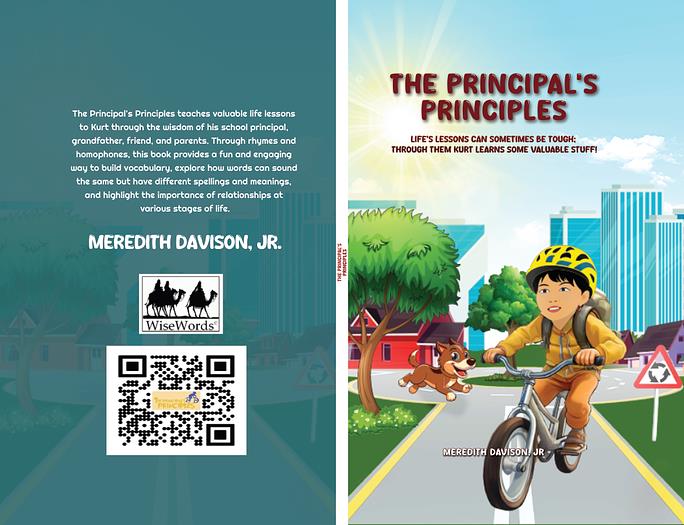Introduction
Fostering a child was one of mankind’s earlier tasks. Even then, it was not easy. A child loves to learn with curiosity. Tales and stories are some of the tools that have been utilized for ages. These tales and folklore have transformed from time to time and from area to area.
Here we will explore how these stories have been transformed into a separate dominion of literature and served its purpose of entertaining and educating children at the same time.
The first step: Literature in Medieval Times
In the earlier period, no written forms of literature were available, let alone children’s literature. The whole stories were orally transmitted from generation to generation on the campfire site. The children used to have nothing much to do. In their idle time, they used to sit with the experienced and listen to life lessons and moral stories. Each of these stories carries an important learning. Whether the perseverance or courage lesson from the Arabian Nights or the kindness and generosity lesson from Johnny Appleseed, all these oral traditions including folklores, sages, mythological tales or legend served their purpose in their respective times.
The 18th Century: The Paramount Transition
Over time, children’s literature also evolved with the other genres of literature. The credit for the first dedicated children’s book is in credit of John Newberry in the 18th century. He was the first person to publish an intricate pocket-size tale book for children. His main motive was to amuse children while incorporating valuable life lessons which was the utmost priority. This was the first book of its kind comprising of variety of entertainment sources for children including stories, games, puzzles, and illustrations.

The Latest Modification: Modern-day Evolution
In the modern-day world, children have a variety of literature available from simple fictional stories about superheroes to fully animated comics, from interactive magazines to ebooks available online, nowadays children have multiple literature choices available. On the opposite side of the spectrum we, elders have multiple streams available to carter and guide children in the right direction. We can incorporate valuable lessons, teach real-world issues in various forms of child literature available, and blend them with modern themes and flavors that suit children of the modern world.
Conclusion
The evolution of children’s literature has been a journey from verbal storytelling to a diverse and expansive literary domain. While traditional tales imparted moral values through folklore, myths, and legends, modern children’s literature integrates these timeless lessons with contemporary themes and formats. Today’s stories not only entertain but also address real-world issues such as diversity, environmental awareness, and emotional intelligence, making literature more relevant and engaging for young readers.




